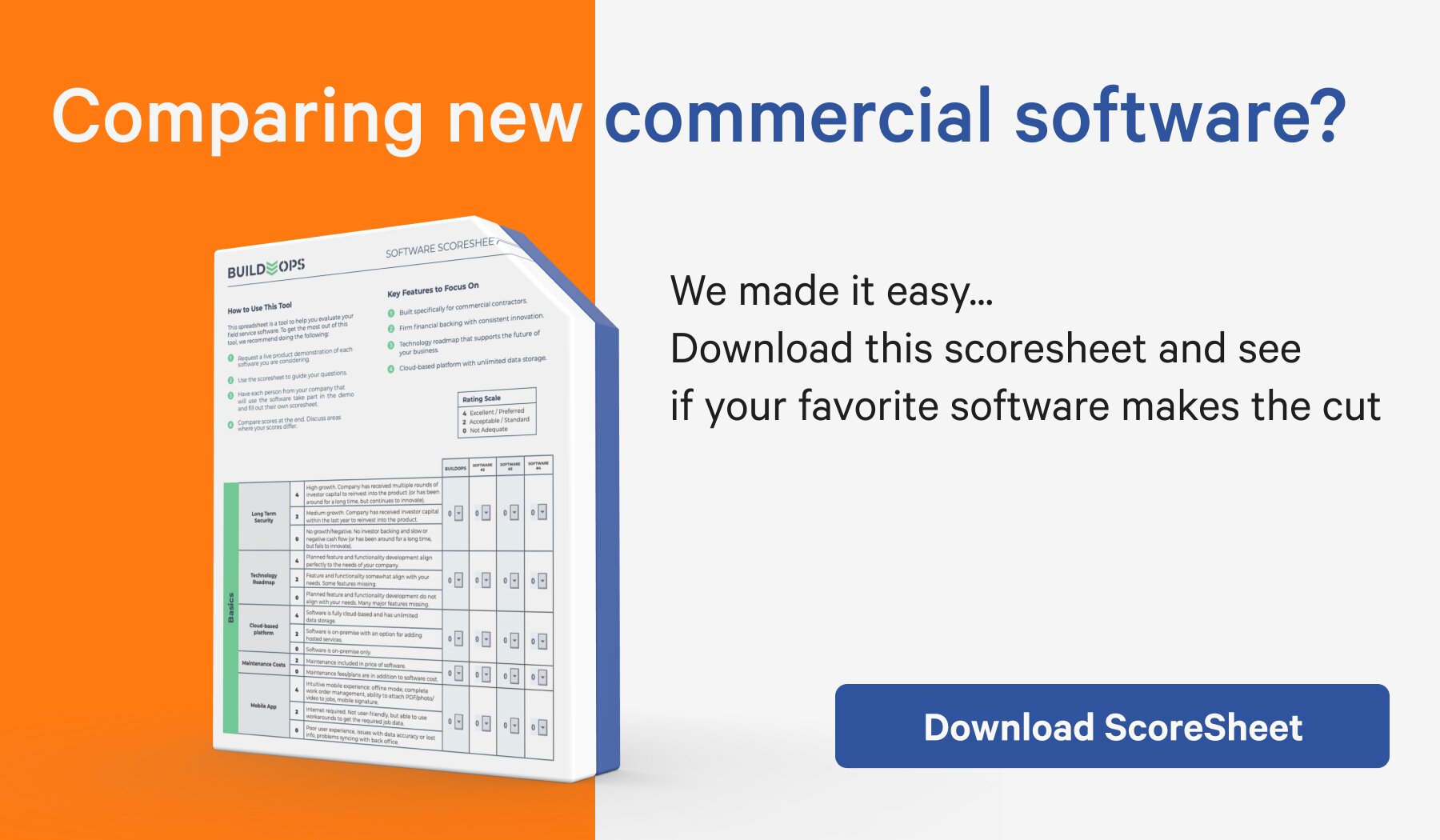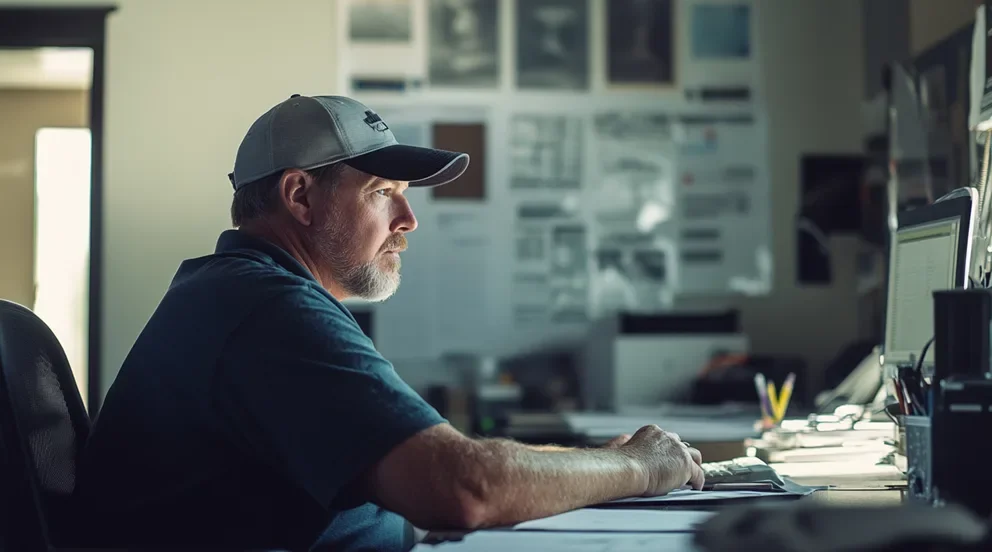The Plumbing Bill Format is a standardized template used by plumbing professionals to itemize the services provided, the cost of materials, and labor charges incurred during plumbing work. This format includes essential information such as the plumber’s contact details, the client’s information, a detailed list of services performed, and the total cost with a breakdown for transparency. It serves as a formal request for payment and helps both the service provider and the customer maintain accurate financial records.
A typical Plumbing Bill Format will feature sections for the date of service, description of the plumbing issue handled, hours worked, and any warranties or guarantees on the work completed. It often includes a unique invoice number, which is crucial for tracking payments and future reference. Furthermore, tax information, if applicable, and payment terms are also delineated, ensuring clarity and preventing disputes regarding the transaction.
This format is not just a mere receipt of transaction; it is also a professional representation of the plumbing business. By adhering to a standardized format, plumbers can ensure consistency in their billing processes. Additionally, it contributes to a plumber’s image as a reputable and organized professional, which is important for gaining the trust of clients and promoting repeat business. The Plumbing Bill Format is thus an indispensable tool in the plumbing industry’s daily operations.
Content:
- Deciphering the Code: Understanding Your Plumbing Invoice Line by Line
- Plumbing Bills Unveiled: How to Read and What to Expect on Your Statement
- The Fluid Dynamics of Costing: Breaking Down a Plumber’s Billing Process
- Transparent Pipes and Transparent Prices: A Guide to Fair Plumbing Billing Practices
- Drip by Drip: How Plumbers Calculate Your Bill and What Influences the Cost
When creating a plumbing invoice, employing the proper Plumbing Bill Format is crucial for clear communication with your clients. This strategic paperwork not only finalizes the transaction but also establishes your professionalism and attention to detail. The format helps clients understand the range of services provided, the cost breakdown, and sets the expectation for payment—which is paramount for sustaining good business relationships.
In an industry where precision and reliability are the hallmarks of quality service, a plumbing business must reflect these traits in every aspect of its operation, including billing. The correct format for a plumbing bill conveys the ethics and standards of your service. It ensures that every charge is justified and that clients feel assured that they are paying for high-caliber workmanship delivered by a trustworthy professional.
The forthcoming article will outline the components of a comprehensive Plumbing Bill Format. It will provide insights into creating effective invoices that are not only practical in eliciting prompt payments but also serve as marketing tools for plumbers. Transparent, detail-oriented billing is a cornerstone of customer service, and mastering it can elevate a plumbing enterprise from merely competent to truly exceptional.
Deciphering the Code: Understanding Your Plumbing Invoice Line by Line
Understanding a plumbing invoice can be as perplexing as the pipes themselves. Each line of your invoice holds crucial information, but knowing what it means is key. Typically, invoices begin with the basics like your personal information and the date of service. The clarity comes from identifying the various costs associated, such as the call-out fee. It sets the tone for the rest of the breakdown.
The body of the invoice usually lists the labor and materials. For labor, plumbers charge either a flat rate or an hourly rate. Paying by the job’s complexity can affect the hours reported. Yet, reviewing the total hours worked against the rate mentioned helps clarify the charge. The materials section enumerates fittings, pipes, and fixtures with individual costs, which can add up fast.
Clear invoices often detail additional expenses. For instance, emergency services can carry higher costs, and travel fees might apply. A detailed invoice should outline these charges distinctly, preventing confusion. Examine these entries for excessive charges or services you did not request, as errors can slip in.
Applicable taxes and discounts should be clear. Depending on your location, taxes can vary, impacting the final charge. If you were promised a discount, verify its application. This impacts your bottom line significantly. Missing discounts or misapplied taxes can lead to overpayment.
Concluding your invoice, the total reflects the combination of all previous charges. Double-check this against the itemized list for accuracy. Never hesitate to contact your plumber for clarification on any part of the invoice. Understanding these details will simplify the process, ensuring you only pay for what you get and fostering trust in your service provider.
Plumbing Bills Unveiled: How to Read and What to Expect on Your Statement
Plumbing bills can often appear labyrinthine with their various charges and technical jargon. A clear understanding starts with the individual line items that denote services rendered. Initial charges might include a diagnostic fee, reflecting the plumber’s time evaluating your situation. Your bill will then list individual services or repairs provided.
Labor is a significant component of a plumbing bill, charged either hourly or as a fixed fee per job. An invoice should clearly articulate the rate applied and the time spent. Some tasks are quick fixes, while others take hours of meticulous labor. This is where the total time invoiced becomes central to understanding costs associated with manpower.
Materials are indispensable in plumbing; thus, they’re an essential aspect of your bill. This can include pipes, fixtures, valves, or any other hardware used. High-quality materials may drive up costs but typically promise longevity and fewer issues down the line. Monitor these costs against the market rates for essential transparency.
Additional fees are not uncommon and could include charges for expedited service or after-hours work. Understanding these added costs can save frustration later. Bills should also show any travel fees or charges related to accessing difficult parts of your plumbing system. Stay vigilant for these extra costs, as they can quickly inflate the bill.
Finally, scrutinize the grand total and the summary of services. Ensure everything itemized was necessary and consented to. Any discrepancies should be addressed with the plumber. Understanding the layout and common items on a plumbing bill better prepares you for scrutiny of this important document, turning obscurity into clarity.
The Fluid Dynamics of Costing: Breaking Down a Plumber’s Billing Process
The intricacies of a plumber’s billing process can seem as complex as the systems they repair. Your bill starts with basic identifiers: your name, address, and date. These help ensure the services are attributed to the correct account. Additionally, a unique job number might be present, linking to the specific task undertaken.
Following identifiers, labor charges appear. Plumbers may bill per hour or by task complexity. Some jobs necessitate multiple plumbers, so the labor segment could list several rates and times. Understanding how labor multiplies across personnel is crucial. Charges for lengthy projects should not surprise savvy customers who grasp the plumber’s billing parameters.
Directly tied to labor is the cost for materials. High-quality copper pipes might appear on your bill, each foot meticulously accounted for. The same goes for tools or substances used exclusively for your repair. The price of materials requires attention to ensure you’re not charged above market rates for these essentials.
Unique to plumbing, there are often ancillary charges. Permit fees or equipment rentals can find their way onto your bill, linked to the complexity of the job. Plumbers must pass these costs on, but as a consumer, recognizing them on your bill is vital to avoid overpaying for unseen aspects of the process.
The final figure is more than just a sum; it’s the embodiment of every aspect of your repair job. Taxes and possible discounts will sway this number. Review taxes to ensure they match local rates and confirm all expected discounts have been applied. With knowledge equipping you, the final total on these bills becomes an understandable and expected figure.
Transparent Pipes and Transparent Prices: A Guide to Fair Plumbing Billing Practices
Plumbing transactions thrive on transparency. Your bill, an indispensable part of this exchange, starts with your plumber’s contact information. This promotes accountability and provides a clear point of contact for any inquiries. Equally important on the bill are details of the plumbing issue and repair, allowing you to cross-reference services received.
When labor comes into play, rates should be clear-cut. Some plumbers offer a free estimate, which should be honored unless the scope of work changes significantly. Detailed descriptions of each job phase can help you understand the effort expended. Beware of round-number estimates, which may lack precision and could lead to potential overcharges.
Material costs stem from quality and quantity. A fair bill lists each item used, down to the smallest washer, with corresponding prices. It eradicates any doubt about what you’re being charged for. Compare these costs with industry norms to determine their fairness. Unexpectedly high material prices merit questions to your plumber.
Extra costs may include a service fee or a charge for specialized equipment. By breaking down such costs, you avoid the sting of hidden fees. Look for detailed explanations of these additional charges; they should never come as a surprise. Question anything that doesn’t seem justified by the work performed.
The bottom line should signal the end of a transparent transaction. It should align with the detailed list and reflect any prior agreements, like capped pricing or not-to-exceed quotes. Scrutinize the final amount to confirm the addition of all previous items. Approaching billing with an expectation for clarity and justification ensures fair practices, reinforcing trust between customer and service provider.
Drip by Drip: How Plumbers Calculate Your Bill and What Influences the Cost
Navigating the intricacies of a plumbing bill begins with the visit’s base cost. Basic fees often cover the plumber’s travel to your home and the initial assessment. Understanding this flat fee is key—it’s the foundation upon which all other charges build. More complex jobs that require return visits may see this base cost reflected in subsequent appointments.
Labor embodies the crux of the billing, directly correlating to the time spent on repairs. Advanced jobs necessitating sheer precision can hike up the labor costs. Assess how time spent relates to the complexity of service. Closely examine how this core expense is calculated, considering the time and expertise required.
Materials signify a variable in the billing equation. From durable PVC pipes to premium fixtures, each item bears a price tag. A bill should clearly itemize these materials, unit by unit. Ensure that only the actual quantities used are reflected on the invoice. Market price comparison of materials can provide insight into their cost reasonableness.
Additional factors influencing cost can be manifold. Special equipments like high-pressure jet systems might incur rental fees, while emergency callouts after hours may attract a premium. Awareness of these influences helps decipher unexpected spikes in the final total. These situational surcharges should be well-itemized and reasonable.
The overall price stitches together these various elements. It’s a tapestry of labor, materials, time, and additional costs. Review the compilation of these charges for accuracy. This meticulous scrutiny ensures you’re only paying for what’s fair and necessary. When plumbers calculate charges with precision and transparency, it leads to a well-founded final bill that customers can understand and trust.





